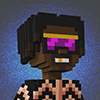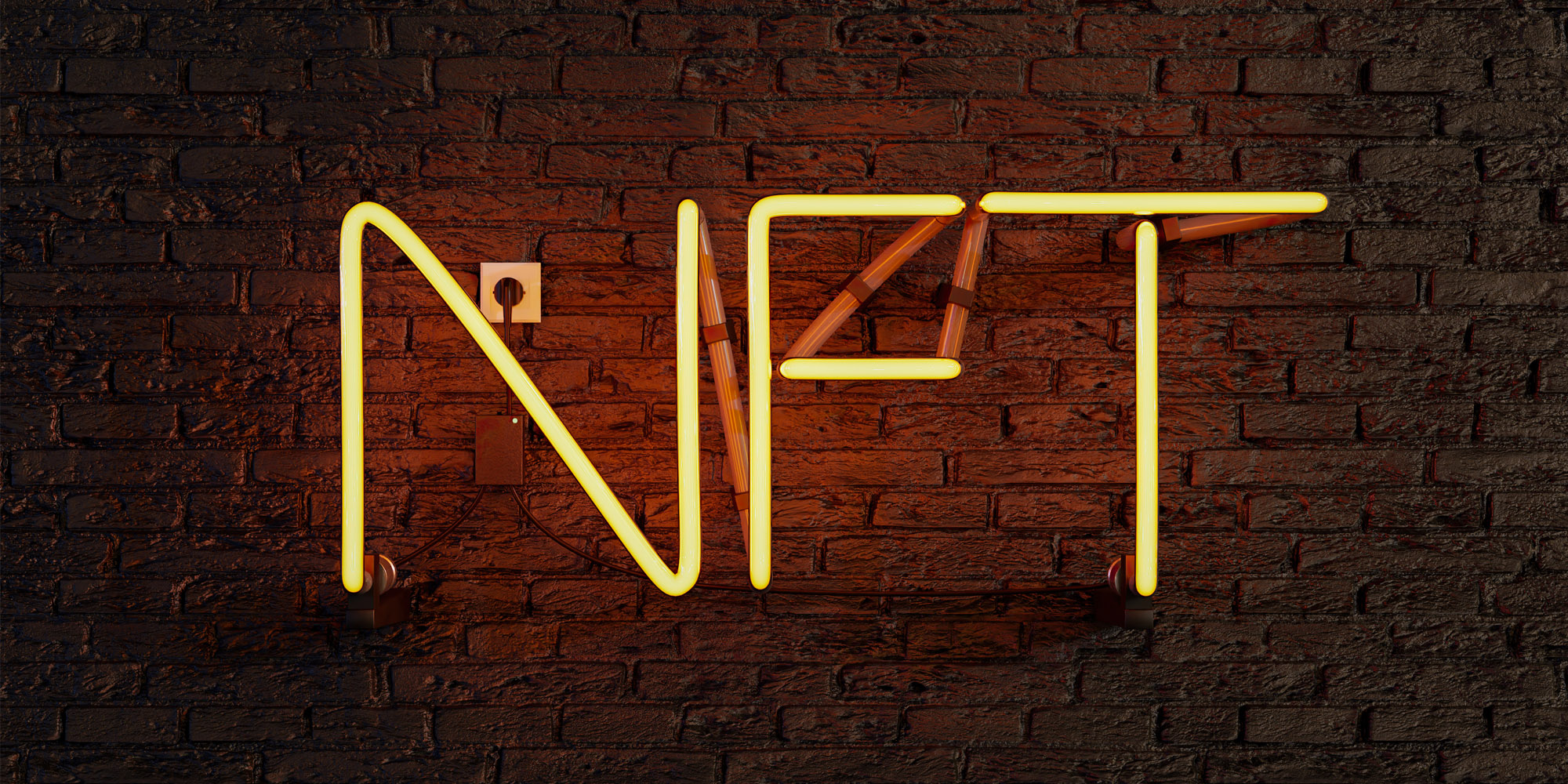9 NFT Tips and Hints



You see where Bitcoin was hailed as the digital answer to currency, NFTs are now being touted as the digital answer to collectables. But there are plenty of sceptics who think it is all a bubble that is going to burst.
1. WHAT IS AN NFT? WHAT DOES NFT STAND FOR?
Non-fungible token - That doesn’t make it any clearer. Description: more or less means, that it’s unique and can’t be replaced with something else. For example, a bitcoin is fungible — trade one for another bitcoin, and you’ll have exactly the same thing. A one-of-a-kind trading card, however, is non-fungible. If you traded it for a different card, you’d have something completely different.
2. How do NFTs work?
At a very high level, most NFTs are part of the Ethereum blockchain. Ethereum is a cryptocurrency, like bitcoin or dogecoin, but its blockchain also supports these NFTs, which store extra information that makes them work differently from, say, an ETH coin. It is worth noting that other blockchains can implement their own versions of NFTs. (Some already have.)
3. What’s worth picking up at the NFT Store?
NFTs can really be anything digital (such as drawings, music, your brain downloaded and turned into an AI), but a lot of the current excitement is around using the tech to sell digital art.
4. Reasons to have to NFT’s
I’m an artist. You might be interested in NFTs because it gives you a way to sell digital work at premium for an emerging market and new technology.
Also, NFTs have a feature that you can enable that will pay you a percentage every time the NFT is sold or changes hands, making sure that if your work gets super popular and balloons in value, you’ll see some of that benefit.
I’m a buyer. One of the obvious benefits of buying art is it lets you financially support artists you like, and that’s true with NFTs. Buying an NFT also usually gets you some basic usage rights, like being able to post the image online or set it as your profile picture. Plus, of course, there are rights that you own the art, with a blockchain entry to back it up.
No, I meant I’m a collector. Ah, okay, yes. NFTs can work like any other speculative asset, where you buy it and hope that the value of it goes up one day, so you can sell it for a profit.
5. So every NFT is unique?
In the boring, technical sense that every NFT is a unique token on the blockchain. But while it could be like a van Gogh, where there’s only one definitive actual version, it could also be like a trading card, where there’s 50 or hundreds of numbered copies of the same artwork.
6. Should I be worried about digital art being around in 100 years?
Probably. Bit rot is a real thing: image quality deteriorates, file formats can’t be opened anymore, websites go down, people forget the password to their wallets. But physical art in museums is also shockingly fragile.
7. I want to maximize my blockchain use. Can I buy NFTs with cryptocurrencies?
Yes. Probably. A lot of the marketplaces accept Ethereum. But technically, anyone can sell an NFT, and they could ask for whatever currency they want.
8. Can I store my NFTs?
Well, like cryptocurrencies, NFTs are stored in digital wallets (though it is worth noting that the wallet does specifically have to be NFT-compatible).
9. What are the downsides?
A drawback is the mid-to-hi fees required to create an NFT. If you're making your own token on the Ethereum blockchain, you need to use some Ethereum, which as mentioned earlier is kind of pricey. Then after you make an NFT, there's a "gas" fee that pays for the work that goes into handling the transaction and that's also based on the price of Ethereum. Marketplaces simplify the process by handling everything for a fee when an NFT is sold.